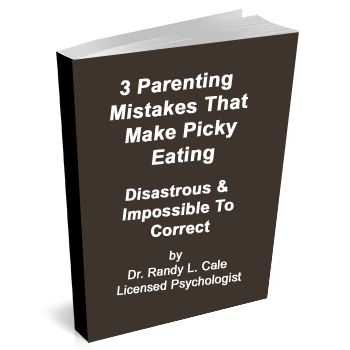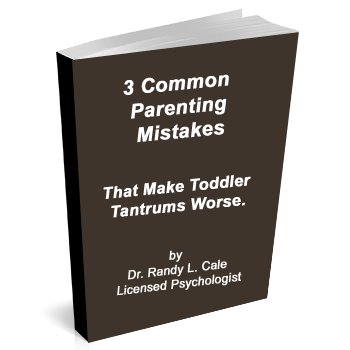We are creatures of familiarity. We could simply say creatures of habit. Or, more technically, we are creatures with brains that become conditioned to run the same programs repeatedly.
How Thoughts Repeat Themselves
Research suggests we tend to have many more thoughts daily than you imagine. How many? Scientists offer different estimates, from 12,000 to 70,000 thoughts per day. Regardless, we have an overabundance of thoughts moving through the brain.
And of those thousands of thoughts we have today, 97% are estimated to be the same thoughts we had yesterday, the day before yesterday, the day before that, and so on.
In other words, our brains tend to repeat our thought patterns. Many can be critical, judgmental, and negative in these thought patterns, thus producing a rather pessimistic view of life. Others are much more satisfying. But often, we humans find ourselves stuck in some patterns we want to change.
Why Don’t We Break These Patterns?
For most, we begin and end our days doing the same things we did yesterday. We wake up, embrace the same daily habits, and plod through the same routine. Even if we want to change, the familiar environment slows us down. Our home surroundings (i.e., spouse, kids, news, coffee pot, view in the mirror, etc.) cue up a few thoughts, and we then tend to react to those thoughts with the exact words or actions we took yesterday. Our world usually reacts in a conditioned manner, which is feedback to our brain: It’s time for the next thought or action in our conditioned system.
This process goes on over and over, automatically and reflexively. We engage with a familiar environment, thinking of the familiar thoughts/actions, thus creating the same familiar response from the environment. When you can appreciate this, it’s easy to understand why we hit ‘repeat’ each day and find it hard to get out of familiar patterns. It’s just not that straightforward when we want change.
Intentions are Powerful Tools for Changing? Yes?
No doubt, many of you have thought about being kinder, more loving, more active, or more planful. Or perhaps you want to be happier, more inspired, or more satisfied with life. And, you have noticed that specific intentions work, at least for a while. But why are intentions not more robust to bring about long-term change in our thoughts and actions?
One way to understand this is to appreciate the relentless impact of familiarity and habits. We naturally, habitually cling to the same beliefs and behaviors BECAUSE we have a brain filled with neurons that are wired together. The repetition of patterns, whether beneficial or not, repeats themselves due to this internal wiring.
But here’s the kicker: these habit patterns have a familiarity that feels like ‘home.’ That familiar pattern is comfortable to us in a weird way. Minimal effort is required to think the same thoughts and take the same actions compared to embarking on a new path.
Thus, while it may bring us pain and misery, oddly, we will heavily lean toward doing what is familiar, even though the familiar has proven to be painful or limiting. This is indeed human nature. It leads to quite a bit of consistency in our overall life pattern but will restrict our freedom and growth.
Break Free of the Familiar If You Want Change in Any Area of Life
I invite you to look carefully at patterns that do not seem to change in your life and notice how any change ‘feels’ uncomfortable, weird, or unfair. These are traps of familiarity, as the mind argues against doing something or anything differently, even though it might bring ease or more joy into your life.
Contrary to some social media trends, a positive change may not feel comfortable or ‘right’ or ‘fair’ early on. Ignore that sense of wanting to feel comfortable immediately, remembering that change brings some discomfort. It’s just the way it is–for a while.
Consider what it would mean to you to embrace the unfamiliar, the novel, and the out-of-box actions or beliefs representing growth or change. The new, the different, the unfamiliar… it WILL feel odd. Embrace this novelty. It’s the first step.
You can learn more about how we use technology to help the brain change such repeated patterns by checking out our website at CapitalDistrictNeurofeedback.com. Nothing is ‘locked in’ as it appears when you have the right tools to leverage the brain into change.















